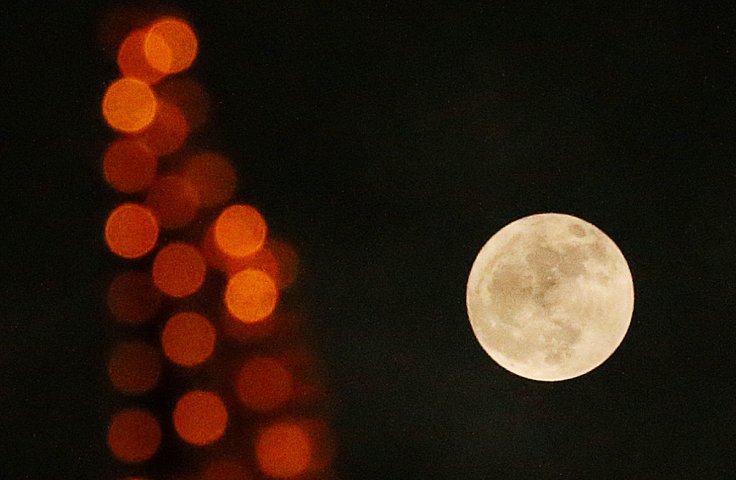
China has now decided to take a giant step, which no other world power has ever dared to do - explore the other side of the moon. According to a report published in 'The Guardian', the Asian giant is all set to launch a pair of lunar missions collectively named Chang'e 4.
China's daring space mission of all times
Chang'e 4 is the fourth mission in the country's lunar mission series which is being named after the Chinese moon goddess.
If everything goes well, the mission will be launched in June. A Long March 4C rocket will start its course to 60,000 kilometers behind the moon carrying a 425-kilogram relay satellite. This relay satellite will act as an initial communication link between earth and the lunar far side. Once China's space agency succeeds in establishing the link, China will trigger the second part of the mission i.e. sending a lander and rover to the unexplored region of the moon.
According to experts, landing on the far side of the moon is undoubtedly one of the most challenging missions ever launched by any of the world's superpowers. The far side of the moon known as 'South Pole-Aitken Basin' still remains a mystery among space scientists and by sending a probe there, China will outdo the historical achievements of the US and USSR.
Difficulties
Communication difficulties will be the main problem faced by the Chinese team as they try to land on the other side of the moon. China is expected to consider using options like radio telescopes developed by Heino Falcke of Radboud University to communicate in the absence of a transmitting medium.
History of China's lunar exploration programmes
China began their lunar exploration program in 2007 by launching a simple lunar orbiter named 'Chang'e 1'. The second mission in the program named 'Chang'e 2' was launched in 2010, and it was later followed by the third mission 'Chang'e 3'.
'Chang'e 3' made headlines all around the world as it marked the first soft moon landing since 1976.
After this fourth mission, China is expected to continue a series of robotic missions, which is primarily aimed to land humans on the moon within fifteen years. According to experts, China is all set to take their citizens to the moon by 2030, and if it happens, it will take the Chinese space agency much ahead of NASA which has no such plans as of now.








